42 the class or division hazard labels indicate
PDF Understanding Hazardous Materials and Hazard Classification Class 2 (Gases) 2.3 -Poison gas - Gas at 20 degrees C (68 degrees) or less -- Pressure of 101.3kPa (14.7 psi) -- Poses a health hazard to humans in transportation -- Presumed to be toxic to humans 11c GHS Hazard Class and Hazard Category - ChemSafetyPro.COM GHS hazard category is the division of criteria within each hazard class. For example, hazard class flammable liquids can be divided into 4 categories among which flammable liquids category 1 represents the most severe hazard. There are 29 GHS hazard classes in total in UN GHS Rev. 6. They are used to describe 3 main types of chemical hazards ...
Transportation of Dangerous Goods (TDG) - Classification Class 9 Miscellaneous Products, Substances or Organisms; If your product meets the criteria for several hazard classes, the primary class must be determined. The primary class of dangerous goods is the hazard class that poses the highest hazard and takes precedence over any other class posing a lower hazard.
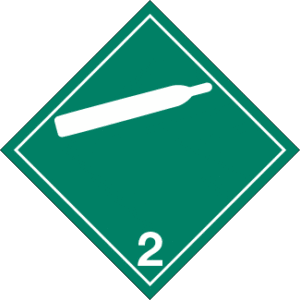
The class or division hazard labels indicate
Hazardous Materials Markings, Labeling and Placarding Guide (DOT Chart ... Hazardous Materials Markings, Labeling and Placarding Guide (DOT Chart 16) usdot-chart-16-10-24-2017.pdf. Hazardous Materials Markings, Hazardous Materials Warning Labels, Hazardous Materials Warning Placards, General Guidelines on Use of Warning Labels and Placards. Last updated: Thursday, June 3, 2021. WHMIS 2015 - Hazard Classes and Categories : OSH Answers Each hazard class or category must use specific pictograms and other label elements to indicate the hazard that is present, and what precautionary measures must be taken. Use the information provided by the label and SDS to be informed and to know how to safely use, handle, store and dispose of the hazardous product. Classes 1-9 of dangerous goods explained Class 1 Explosive substances and articles Class 1 contains substances and articles which pose a hazard due to explosion. Items in Class 1 are further divided into divisions 1.1 - 1.6 depending on the nature of the explosion hazard and the sensitivity of the item. A compatibility group, consisting of a single letter, is also assigned to each item.
The class or division hazard labels indicate. Hazardous Materials Tables | High Road Online CDL Training Column 1. (+) Fixes the proper shipping name, hazard class and packing group to use, even if the material does not meet the hazard class definition. (A) Means the hazardous material described in Column 2 is subject to the HMR only when offered or intended for transport by air unless it is a hazardous substance or hazardous waste. (W) Means the ... 49 CFR -172.101 Hazardous Materials Table info - MaselliWeb The hazard class of a hazardous material is indicated either by its class (or division) number, its class name, or by the letters "ORM-D". DOT Hazard Classes - Hazmat University This hazard class is further broken down into three divisions: 2.1 Flammable gas (e.g. spray paint and lighters) 2.2 Non-flammable compressed gas (e.g. oxygen generators and shock absorbers) 2.3 Poisonous gas (e.g. Chlorine Gas and Phosgene Gas) Hazard Class 3 - Flammable Liquids Examples of common flammable liquids include perfumes and paint PDF Hazard Classifications Used in Hazmat Table, Column 3 authorized by name in the Hazardous Materials Table or have been specifically authorized by name either in the Section 172.101 Hazardous Materials Table or have been assigned a shipping name and hazard class by the Associate Administrator for Hazardous Materials Safety. **Self-reactive materials that are thermally unstable and that
DOT Hazard Class Information - University of South Florida DOT Hazard Class Information. These are labels or placards that convey hazard information for containers or shipments of hazardous materials. Each label has a characteristic color pattern, pictogram, and hazard class number. There are nine different hazard classes under DOT. Click on the links below to see examples for each hazard class. Hazard Classes and U.N. Markings » Hazmatpac The International Maritime Organization (IMO) classifies dangerous goods into nine hazard classes. Diamond labels denote the hazards involved by means of colors and symbols. C. Some hazard classes are further subdivided into hazard divisions due to their wide scopes. There are nine (9) hazard classes. Their order does not indicate degree of danger. Hazmat Table Flashcards | Quizlet alphabetically Fixes the proper shipping name, hazard class and packing group + Identifies proper shipping names for which one or more technical names must be entered in parentheses G Applies to materials intended for transportation by vessel W Applies to transportation by aircraft A Identifies material appropriate for domestic transportation D Hazmat Label Specifications and Requirements from Labelmaster The words "CARGO AIRCRAFT ONLY" must be printed at least 6.3 mm (0.25 inches) in height on the label. The hazard class number or division number must be at least 6.3 mm (0.25 inches) in height and not greater than 12.7 mm (0.5 inches) When hazard is displayed, lettering must be at least 7.6 mm (0.3 inches) in height.
Dangerous Goods Classes and Symbols - ChemSafetyPro.COM Substances (including substances and mixtures), and articles are assigned to one of the following 9 classes according to the most predominant hazards they pose in transport. Some of the classes can be further divided into divisions, e.g., Class 1, while others do not have sub-divisions, e.g., Class 3. Class 1 Explosives Class 2 Gases Hazmat Placards and Hazardous Waste Labels A label for the material's primary hazard displays the Hazard Class/Division number on the bottom corner. A label for subsidiary hazards must not display the Class/Division number on the bottom corner. Flammable Liquid Label Flammable Placard Fig. 1: Labels and placards are not identical. DOT Hazard Classes - iafc.org Placards are used to identify the class or division of a material. The hazard class or division number must be displayed in the lower corner of a placard and is required for both primary and subsidiary hazard classes and divisions, if applicable. Polychlorinated Biphenyls (PCB's) (86-111) | NIOSH | CDC [return to text] *”Potential occupational carcinogen means any substance, or combination or mixture of substances, which causes an increased incidence of benign and/or malignant neoplasms, or a substantial decrease in the latency period between exposure and onset of neoplasms in humans or in one or more experimental mammalian species as the result of any oral, respiratory or dermal exposure ...
Hazmat Labels, Hazmat Placards, and Hazmat Markings - A Guide from ... The Department of Transportation has defined 9 Hazard Class Groups. They are separated by distinct hazardous properties and shipping requirements. Hazard Class 1 - Explosives Hazard Class 2 - Gases Hazard Class 3 - Flammable and Combustible Liquids Hazard Class 4 - Flammable Solids Hazard Class 5 - Oxidizing Substances, Organic Peroxide
49 CFR § 173.2 - Hazardous materials classes and index to hazard class ... § 173.2 Hazardous materials classes and index to hazard class definitions. The hazard class of a hazardous material is indicated either by its class (or division) number, its class name, or by the letters "ORM-D".
Classification of a Material Having More Than one Hazard - 49 CFR 173.2a 49 CFR 173.2a (c) identifies 5 HazMat with unique properties that preclude classification according to the procedures of 49 CFR 173.2a and must be classified according to other specific regulations; they include: Class 1 explosive materials. Division 5.2 Organic peroxide. Division 6.2 Infectious substance.
PDF DOT CHART 16 Hazardous Materials Markings,Labeling and Placarding Guide each label represents a hazard of the material contained in the package [§172.401]. • For labeling mixed or consolidated packages, see §172.404. • The appropriate hazard class or division number must be displayed in the lower corner of a primary and subsidiary hazard label [§172.402(b)].
Jun 20, 2018 · Examples of hazard warning signs are shown below. Equipment that could create 60 Hz electric fields above 2.5 kV/m or magnetic fields above 0.1 mT (1 G) must be labeled or a warning sign must be posted. Examples of labels are shown below. Illuminated warning light
49 CFR § 172.402 - Additional labeling requirements. | CFR | US Law ... In addition to the label specified in column 6 of the § 172.101 table, each package of Class 1 material that also meets the definition for: (1) Division 6.1, Packing Groups I or II, shall be labeled POISON or POISON INHALATION HAZARD, as appropriate. (2) Class 7, shall be labeled in accordance with § 172.403 of this subpart.
GHS Hazard Classification: Everything You Need to Know A chemical will have a hazard class, and within that class are several hazard categories, of which one or more will apply. Section 2 of the new GHS Labels and SDSs require hazard statements which are determined by assigning a hazard class and category. As a manufacturer, importer, or distributor you'll need to know how to classify hazards.
Quick Answer: Where Is The Hazard Class Identification Number Is ... The appropriate hazard class or division number must be displayed in the lower corner of a primary and subsidiary hazard label [§172.402 (b)]. For classes 1,2,3,4,5,6, and 8, text indicating a hazard (e.g., "CORROSIVE") is NOT required on a primary or subsidiary label. Where must the identification number of a hazardous material appear?
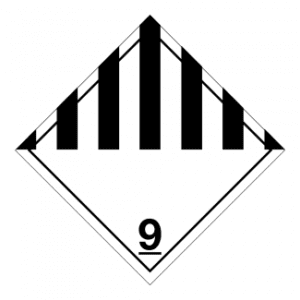
Hazard Class 9 - Miscellaneous Hazardous Material, Non-Worded, Vinyl Label | ICC Compliance Center
325 DOT Hazardous Materials Warning Labels and Markings - USPS DOT warning labels must meet the size and color requirements in 49 CFR §172.407 through 172.446 unless special authorization from the Manager, Product Classification is obtained as outlined in 325.1. Exhibit 325.2 DOT Hazardous Materials Warning Labels: PROHIBITED IN THE MAIL 325.3 Mailable Warning Labels
Dangerous goods classes and hazard labels - Civil Aviation Safety Authority Below are the 9 hazard labels for the 9 classes of dangerous goods. Class 1 Explosives Class 1 explosives This includes items such as: explosive substances pyrotechnic devices ammunition fireworks detonators. Class 2 Gases Class 2 gases These can be transported as compressed, liquefied, refrigerated liquefied or gas in solution.
Hazmat Flashcards & Practice Test - Quizlet Class 7 radioactive materials It is the driver's responsibility to fight hazardous material fires until emergency responders arrive. False Dangerous placards can be used if a shipment contains non-bulk packages of two or more hazard classes requiring placards from "Placard Table #2". False Sets with similar terms Section 9: Hazardous Materials
Classes 1-9 of dangerous goods explained Class 1 Explosive substances and articles Class 1 contains substances and articles which pose a hazard due to explosion. Items in Class 1 are further divided into divisions 1.1 - 1.6 depending on the nature of the explosion hazard and the sensitivity of the item. A compatibility group, consisting of a single letter, is also assigned to each item.


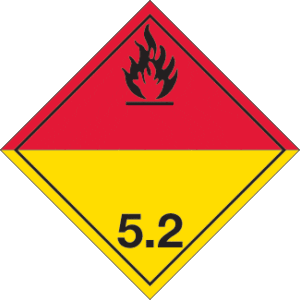
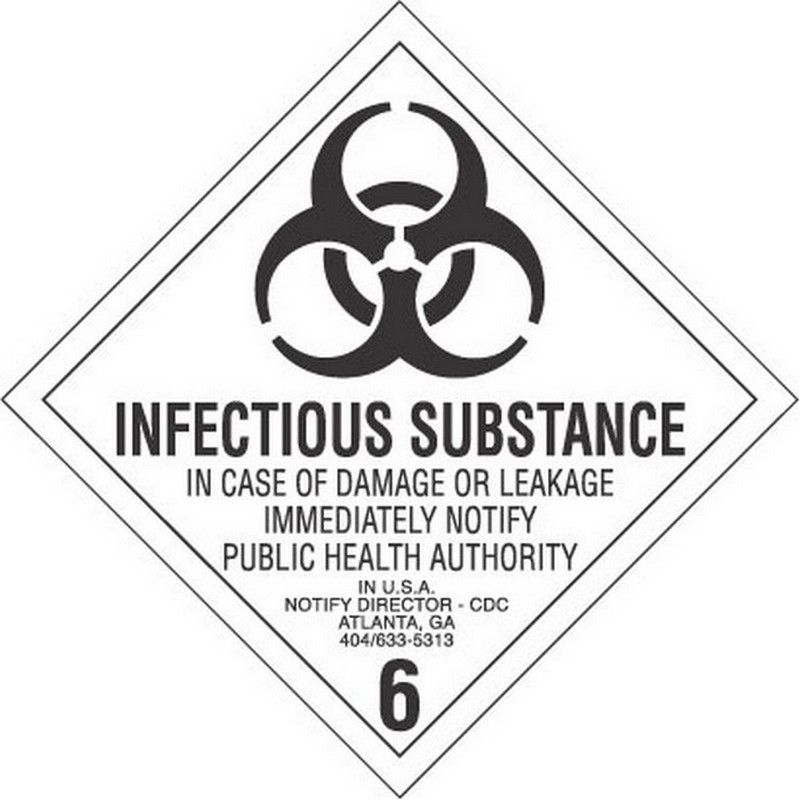
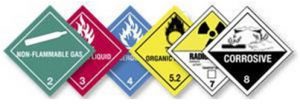
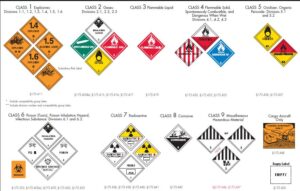

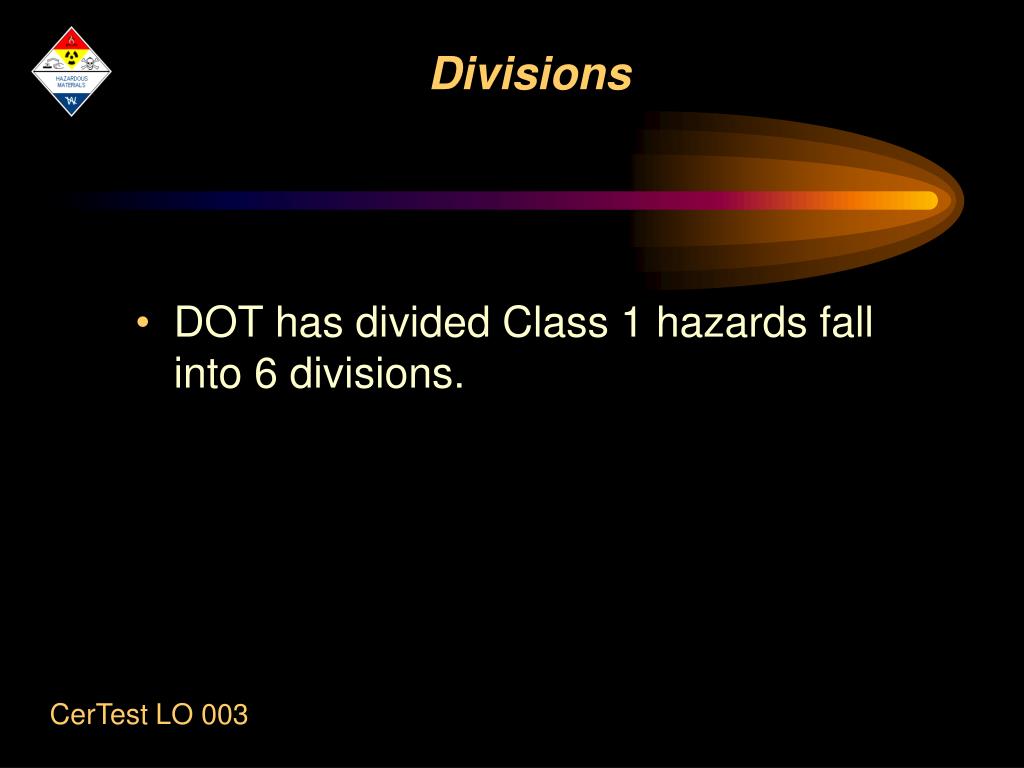
Post a Comment for "42 the class or division hazard labels indicate"